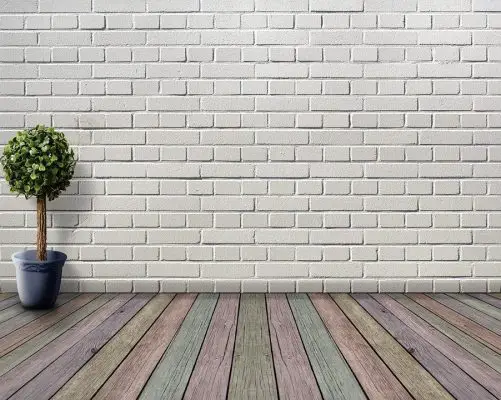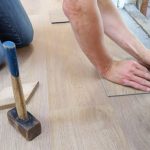How to Do Your Flooring Yourself, Property Floor Guide, Real Estate Interior Decor Tips
How to Do Your Flooring Yourself
19 July 2020
The floors of your home have a significant impact on the overall aesthetic appeal of your interiors. Depending on the kind of floor that you install, you can make the room of your home look spacious or warmer and cozier. However, not only is the replacement of your floor costly, but it is also laborious, particularly if you attempt to do it yourself. Nevertheless, your efforts will be all worth it in the end. If you are keen on delving into this project, below are some of the things you should know to do your flooring yourself successfully.
Learn the Types of Flooring Materials
The first thing that you need to do to be successful in doing the flooring installation on your own is to research to have a good idea of the different types of flooring materials. The four most common ones are listed below.
- Laminate
It is relatively easy to install this type of flooring which is perfect for households with kids or pets. This can be attributed to the fact that aside from being inexpensive and durable, it is also resistant to stains. You can install this type of flooring by simply putting pieces of the laminate together.
- Hardwood
Hardwood floors can provide a classic and timeless look for your home. These come in several varieties, with each wood species having a certain hardness rating, making some more durable than the others. In installing hardwood, you need to ensure that your subfloor is in good condition, smooth and level, particularly if it is concrete.
- Vinyl
This type of floor best suits your bathroom or kitchen because of its waterproof features. However, they are not as durable as a hardwood floor is. Nevertheless, this type of flooring material is the most suitable option for those who intend to perform the installation all on their own.
- Tile
Installing a tiled floor is perfect for an indoor-outdoor living space because these are relatively easy to clean. It can also withstand heavy loads. Perhaps the only drawback of this type of flooring is that it can be quite difficult to install.
Get the Right Tools
Once you decide on the type of floor that you want to install, the next step is for you to get the right tools that you need for the process. If you are going for a laminate, vinyl, or click hardwood, you need an underlayment as well as transition moldings. But, this is if the laminate doesn’t come with pre-attached padding. In addition to this, you also need different types of saw, a hammer, level, tapping block, as well as a tape measure. You will also need a polyethylene sheet of plastic as a moisture barrier over the concrete.
In case you want to install a tiled floor, you will need at least five-gallon buckets, a straight edge, 6-foot level, speed square, and spacers. In addition to this, if you are going for porcelain or ceramic tiles, you will also need porcelain tile sealer to ensure that the tile won’t lift or peel. The adhesion promotion of this sealer will allow you to bond to the surface, something that a standard surface sealer may not be able to provide.
For DIY hardwood floor or solid bamboo, you will need some floor fasteners, as well as a hygrometer, to test the temperature and humidity of your environment. You also need a moisture meter if you have a wood subfloor and flooring or a calcium chloride test for a concrete subfloor. On the other hand, you only need a tape measure, chalk line, utility knife, and a handsaw for peel-and-stick vinyl tiles.
Split the Work That Needs to Be Done
Depending on the amount of work that needs to be done, the entire installation process can take anywhere from a day to several days. The type of floor you choose will also determine the amount of time you need to put into your project. As much as possible, split the work that needs to be done over a couple of weekends so as not to stress yourself too much. If the installation work becomes too much for you, get a flooring installation company to take care of it and save yourself the suffering.
How to Do Your Flooring Yourself Advice
In conclusion, you have the option of hiring professional contractors to install your flooring but you can also do it yourself. If you prefer the latter, then you primarily need to learn the different types of flooring materials because the installation process depends on the material that you choose. After this, you need to prepare the right tools for the installation and plan the work accordingly. If you can do it right, the results will be rewarding.
Comments on this Quick Tips for How to Do Your Flooring Yourself article are welcome.
Flooring
Flooring Posts
Common Flooring In Commercial Renovations
Advantages And Disadvantages Of Hardwood Flooring
Solid wood flooring for your home
Flooring that are Good for Winnipeg Homes
Residential Property Articles
Shanghai Grand Opera House
Architects: Snøhetta

images © Mir and Snøhetta
Comments / photos for the How to Do Your Flooring Yourself Guide page welcome







